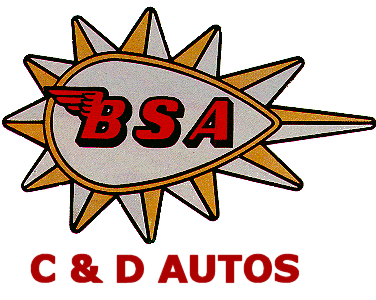Two years on - the pleasure and the pain
|
Along the way I have learned some lessons and have listed them below. |
|
THE SIZE OF THE BIKE |
|
WET SUMPING |
|
CLUTCH |
|
| WHEELS Lacing wheels is fun. Don't forget to record the offset - ever. Take lots of photos before you start and draw pictures of the pattern too. I mark the rim with red permanent marker by the valve so that I can see exactly where the lacing pattern starts on each side. |
|
| TANK LINING My tank leaked. A tiny hole on a seam. The hole was then repaired and the tank was epoxy lined with POR15 tank liner. If I had used the tank liner initially I would not have had the problem. Follow the directions when using tank liners - it is extremely important that you do not cut corners in the process! Lining the tank will take a few days' preparation but is well woth the effort. Highly recommended. Much better than blistering paint! |
|
| TIGHTENING DOWN THE HEAD An old mechanic told me to use the 5-5-5 rule. Five miles, fifty miles, five hundred miles. Tighten the head down cold as recommended during the engine rebuild. After the first run, get the bike hot and tighten down the head according to the BSA recommended torquing pattern. Using the 5-5-5 method it needed tightening every time! Since then it has been fine. I've seen two head gaskets on BSAs blow when not tightened correctly. |
|
| DISTRIBUTOR The distributor shaft runs in two bronze bushes. The auto advance unit (under the points plate) comprises springs and bob weights. My bronze bushes were worn and I turned up new bushes on the lathe. Worn bushes reveal themselves by a tendency to cause uneven points opening and missing under load. My auto advance springs were so rusted they crumbled away. I replaced them with secondhand springs from another unit. The auto advance unit can go back together a number of ways. One is correct, the rest are incorrect! Take a digital pic before you pull it apart and avoid the grief I went through! |
|
FINAL COMMENTS Would I do it all again? You bet! My little 250 is still my bike of choice for a fun day out on a classic.
|
|
| BACK TO PAGE THREE | |
